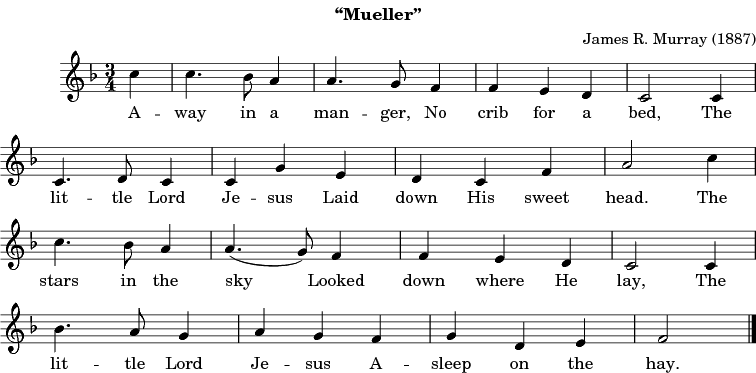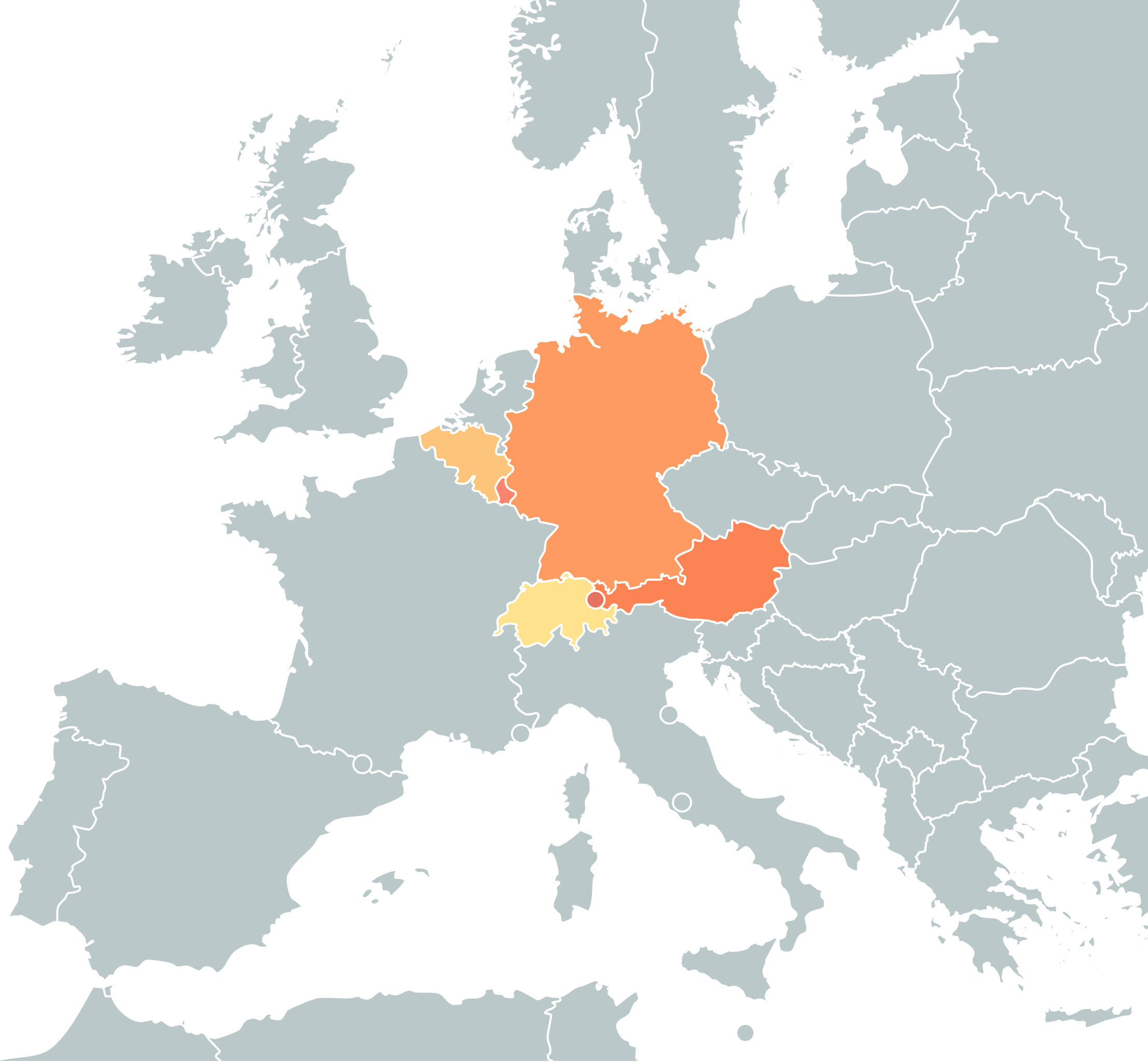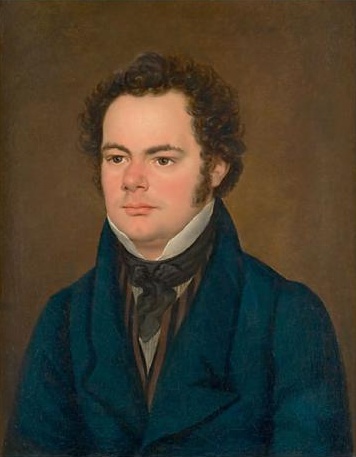|
Noël (Joan Baez Album)
''Noël'' is the sixth studio and first Christmas album by Joan Baez, released in November 1966. Working with arranger-conductor Peter Schickele ( PDQ Bach), Baez, for the first time, recorded an album outside the standard guitar-based folk format. She worked with Schickele on her next two albums, both of which also featured classical orchestration. Unlike holiday albums by many other popular artists, Baez included mostly traditional material, avoiding more lighthearted or commercial fare in favor of a somber, understated tone. She included both familiar ("The Little Drummer Boy") and more obscure ("Down in Yon Forest") material. The album also contains several brief instrumental selections arranged by Schickele. Track listing Original LP Side 1 #" O Come, O Come, Emmanuel" (Traditional) - 2:58 #"Coventry Carol" (Traditional) - 1:58 #"Good King Wenceslas" (Traditional) - instrumental - 0:27 #"The Little Drummer Boy" (Katherine Kennicott Davis, Henry Onorati, Harry Simeone) - 3: ... [...More Info...] [...Related Items...] OR: [Wikipedia] [Google] [Baidu] |
Album
An album is a collection of audio recordings issued on compact disc (CD), Phonograph record, vinyl, audio tape, or another medium such as Digital distribution#Music, digital distribution. Albums of recorded sound were developed in the early 20th century as individual Phonograph record#78 rpm disc developments, 78 rpm records collected in a bound book resembling a photograph album; this format evolved after 1948 into single vinyl LP record, long-playing (LP) records played at revolutions per minute, rpm. The album was the dominant form of recorded music expression and consumption from the mid-1960s to the early 21st century, a period known as the album era. Vinyl LPs are still issued, though album sales in the 21st-century have mostly focused on CD and MP3 formats. The 8-track tape was the first tape format widely used alongside vinyl from 1965 until being phased out by 1983 and was gradually supplanted by the cassette tape during the 1970s and early 1980s; the populari ... [...More Info...] [...Related Items...] OR: [Wikipedia] [Google] [Baidu] |
Katherine Kennicott Davis
Katherine Kennicott Davis (June 25, 1892 – April 20, 1980) was an American composer, pianist, arranger, and teacher, whose most well-known composition is the Christmas song "Carol of the Drum," later known as "The Little Drummer Boy". Life and career Davis was born in St. Joseph, Missouri, on June 25, 1892. She composed her first piece of music, "Shadow March," at the age of 15. She graduated from St. Joseph High School in 1910, and studied music at Wellesley College in Massachusetts. In 1914 she won the college's Billings Prize. After graduation she continued at Wellesley as an assistant in the Music Department, teaching music theory and piano. At the same time she studied at the New England Conservatory of Music in Boston. Davis also studied with Nadia Boulanger in Paris. She taught music at the Concord Academy in Concord, Massachusetts, and at the Shady Hill School for Girls in Philadelphia. She became a member of ASCAP in 1941. and was granted an honorary doctorate from St ... [...More Info...] [...Related Items...] OR: [Wikipedia] [Google] [Baidu] |
O Holy Night
"O Holy Night" (original title: ) is a well-known sacred song for Christmas performance. Originally based on a French-language poem by poet Placide Cappeau, written in 1843, with the first line (Midnight, Christian, is the solemn hour) that composer Adolphe Adam set to music in 1847. The English version (with small changes to the initial melody) is by John Sullivan Dwight. The carol reflects on the birth of Jesus as humanity's redemption. History In Roquemaure in France at the end of 1843, the church organ had recently been renovated. To celebrate the event, the parish priest persuaded poet Placide Cappeau, a native of the town, to write a Christmas poem. Soon afterwards, in that same year, Adolphe Adam composed the music. The song was premiered in Roquemaure in 1847 by the opera singer Emily Laurey. Transcendentalist, music critic, minister, and editor of '' Dwight's Journal of Music'', John Dwight, adapted the song into English in 1855. This version became popular i ... [...More Info...] [...Related Items...] OR: [Wikipedia] [Google] [Baidu] |
James Ramsey Murray
James Ramsey Murray (1841–1905) was an American composer and author including of songbooks. His work includes hymns and Christmas music and was published by Root & Cady''Lest we Forget'': "James Ramsey Murray" Andover Historical Society as well as . His work includes a popular arrangement of "".Studwell, William E.; Hoffmann, Frank; Cooper, B. Lee (2012) [...More Info...] [...Related Items...] OR: [Wikipedia] [Google] [Baidu] |
Away In A Manger
"Away in a Manger" is a Christmas carol first published in the late nineteenth century and used widely throughout the English-speaking world. In Britain, it is one of the most popular carols; a 1996 Gallup Poll ranked it joint second. Although it was long claimed to be the work of German religious reformer Martin Luther, the carol is now thought to be wholly American in origin. The two most common musical settings are by William J. Kirkpatrick (1895) and James Ramsey Murray (1887). Words The popularity of the carol has led to many variants in the words, which are discussed in detail below. The following are taken from Kirkpatrick (1895): Variants Almost every line in the carol has recorded variants. The most significant include the following: * Verse 1, line 1: The earliest sources have "no crib for his bed". "No crib for a bed" is found in Murray (1887). * Verse 1, line 2: The earliest sources have "lay down his sweet head." "Laid" is first found in "Little Children's Book ... [...More Info...] [...Related Items...] OR: [Wikipedia] [Google] [Baidu] |
Deck The Halls
"Deck the Hall” is a traditional Christmas carol. The melody is Welsh, dating back to the sixteenth century, and belongs to a winter carol, " Nos Galan", while the English lyrics, written by the Scottish musician Thomas Oliphant, date to 1862. Lyrics The English-language lyrics were written by the Scottish musician Thomas Oliphant. They first appeared in 1862, in volume 2 of ''Welsh Melodies'', a set of four volumes authored by John Thomas, including Welsh words by John Jones (Talhaiarn) and English words by Oliphant. The original English lyrics, as published in 1862, run as follows (later variants are discussed below): The phrase "'Tis the season", from the lyrics, has become synonymous with the Christmas and holiday season, 'tis being an archaic contraction of "it is". Variants A variation of the lyrics appears in the December 1877 issue of the ''Pennsylvania School Journal''. This version, in which there is no longer any reference to drinking, runs as foll ... [...More Info...] [...Related Items...] OR: [Wikipedia] [Google] [Baidu] |
German Language
German ( ) is a West Germanic language mainly spoken in Central Europe. It is the most widely spoken and official or co-official language in Germany, Austria, Switzerland, Liechtenstein, and the Italian province of South Tyrol. It is also a co-official language of Luxembourg and Belgium, as well as a national language in Namibia. Outside Germany, it is also spoken by German communities in France ( Bas-Rhin), Czech Republic (North Bohemia), Poland ( Upper Silesia), Slovakia (Bratislava Region), and Hungary ( Sopron). German is most similar to other languages within the West Germanic language branch, including Afrikaans, Dutch, English, the Frisian languages, Low German, Luxembourgish, Scots, and Yiddish. It also contains close similarities in vocabulary to some languages in the North Germanic group, such as Danish, Norwegian, and Swedish. German is the second most widely spoken Germanic language after English, which is also a West Germanic language. German ... [...More Info...] [...Related Items...] OR: [Wikipedia] [Google] [Baidu] |
Franz Schubert
Franz Peter Schubert (; 31 January 179719 November 1828) was an Austrian composer of the late Classical and early Romantic eras. Despite his short lifetime, Schubert left behind a vast ''oeuvre'', including more than 600 secular vocal works (mainly lieder), seven complete symphonies, sacred music, operas, incidental music, and a large body of piano and chamber music. His major works include " Erlkönig" (D. 328), the Piano Quintet in A major, D. 667 (''Trout Quintet''), the Symphony No. 8 in B minor, D. 759 (''Unfinished Symphony''), the "Great" Symphony No. 9 in C major, D. 944, the String Quintet (D. 956), the three last piano sonatas (D. 958–960), the opera '' Fierrabras'' (D. 796), the incidental music to the play '' Rosamunde'' (D. 797), and the song cycles '' Die schöne Müllerin'' (D. 795) and ''Winterreise'' (D. 911). Born in the Himmelpfortgrund suburb of Vienna, Schubert showed uncommon gifts for music from an early age. His father gave him his first v ... [...More Info...] [...Related Items...] OR: [Wikipedia] [Google] [Baidu] |
Ellens Dritter Gesang
"" ("", D. 839, Op. 52, No. 6, 1825), in English: "Ellen's Third Song", was composed by Franz Schubert in 1825 as part of his Op. 52, a setting of seven songs from Walter Scott's 1810 popular narrative poem '' The Lady of the Lake'', loosely translated into German. It is one of Schubert's most popular works. Beyond the song as originally composed by Schubert, it is often performed and recorded by many singers under the title "Ave Maria" (the Latin name of the prayer Hail Mary, and also the opening words and refrain of Ellen's song, a song which is itself a prayer to the Virgin Mary), in musically simplified arrangements and with various lyrics that commonly differ from the original context of the poem. It was arranged in three versions for piano by Franz Liszt. ''The Lady of the Lake'' and the "Ave Maria" The piece was composed as a setting of a song (verse XXIX from Canto Three) from Walter Scott's popular narrative poem '' The Lady of the Lake'', in a German translation by ... [...More Info...] [...Related Items...] OR: [Wikipedia] [Google] [Baidu] |
Angels We Have Heard On High
"Angels We Have Heard on High" is a Christmas carol to the hymn tune "Gloria" from a traditional French song of unknown origin called "", with paraphrased English lyrics by James Chadwick. The song's subject is the birth of Jesus Christ as narrated in the Gospel of Luke, specifically the scene outside Bethlehem in which shepherds encounter a multitude of angels singing and praising the newborn child. Tune "Angels We Have Heard on High" is generally sung to the hymn tune "Gloria", a traditional French carol as arranged by Edward Shippen Barnes. Its most memorable feature is its chorus, " Gloria in excelsis Deo", where the "o" of "Gloria" is fluidly sustained through 16 notes of a rising and falling melismatic melodic sequence. In England, the words of James Montgomery's " Angels from the Realms of Glory" are usually sung to this tune, with the "Gloria in excelsis Deo" refrain text replacing Montgomery's. It is from this usage that the tune sometimes is known as "Iris", the nam ... [...More Info...] [...Related Items...] OR: [Wikipedia] [Google] [Baidu] |
Down In Yon Forest
"Down in Yon Forest" (or "Down in Yon Forrest"), also known as "All Bells in Paradise" and "Castleton Carol," is a traditional English Christmas carol dating to the Renaissance era, ultimately deriving from the anonymous Middle English poem known today as the Corpus Christi Carol. The song was originally associated with Good Friday or the Corpus Christi Feast rather than Christmas, but some more recent variants have additional verses which reference Christmas. It is listed in the Roud Folk Song Index as number 1523. Multiple audio recordings have been made of the song, particularly in the town of Castleton, Derbyshire, England, where the famous composer and folk song collector Ralph Vaughan Williams encountered and transcribed a version sung by a Mr. J Hall in 1908. Like many English folk songs, it seems to have naturally made its way to the United States, where several traditional singers including Jean Ritchie have been recorded singing the song. The carol has been arranged i ... [...More Info...] [...Related Items...] OR: [Wikipedia] [Google] [Baidu] |






